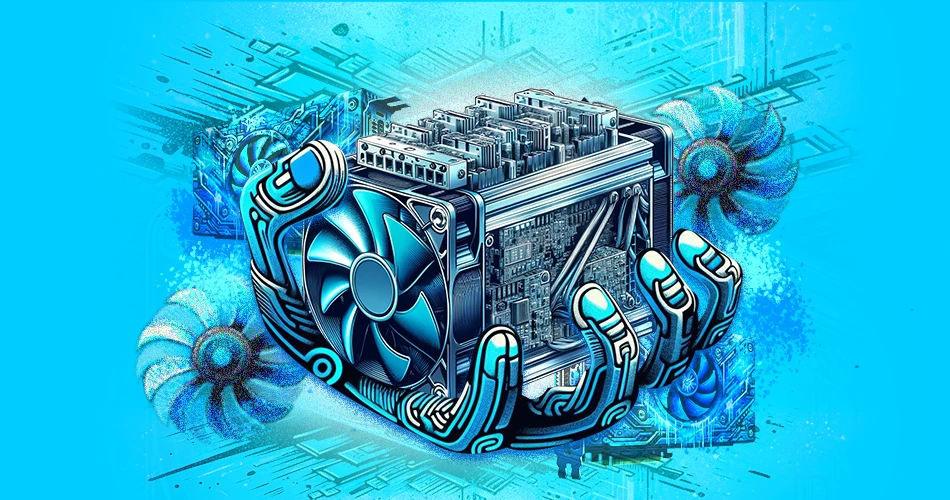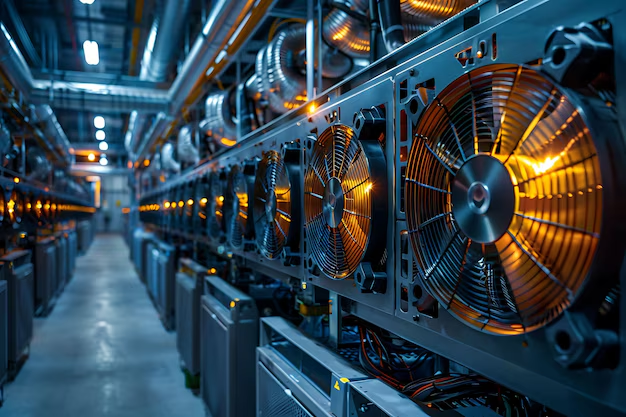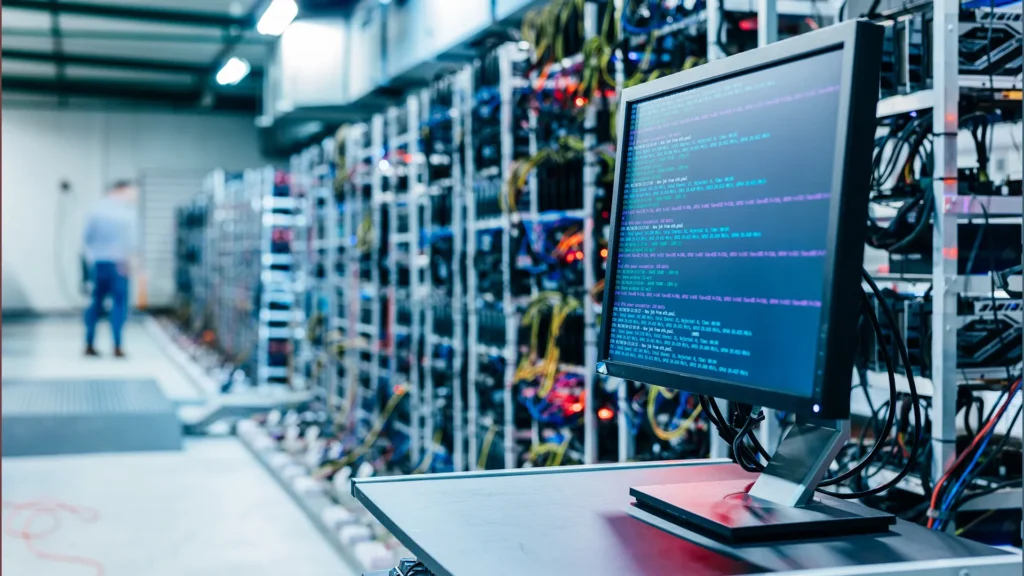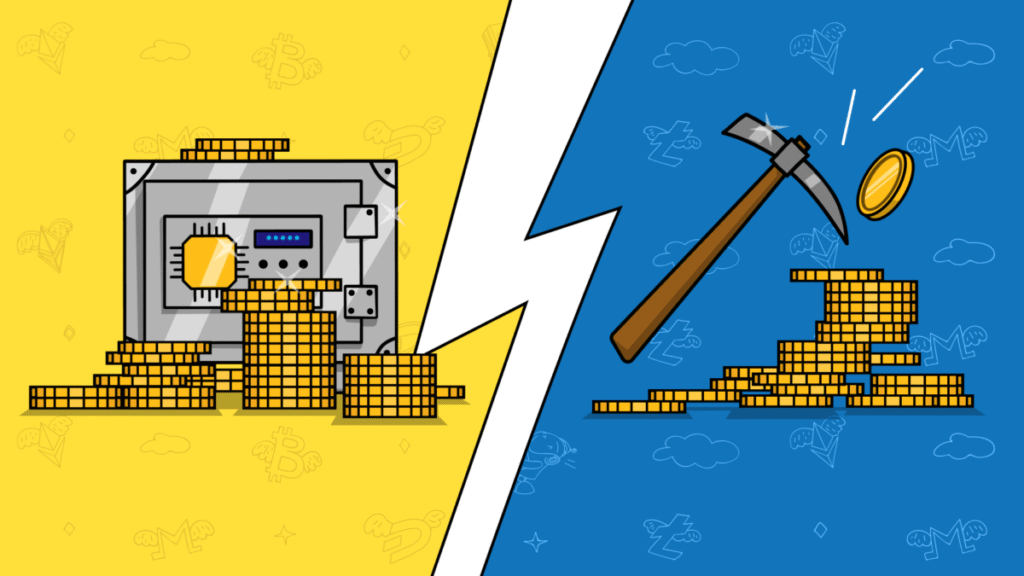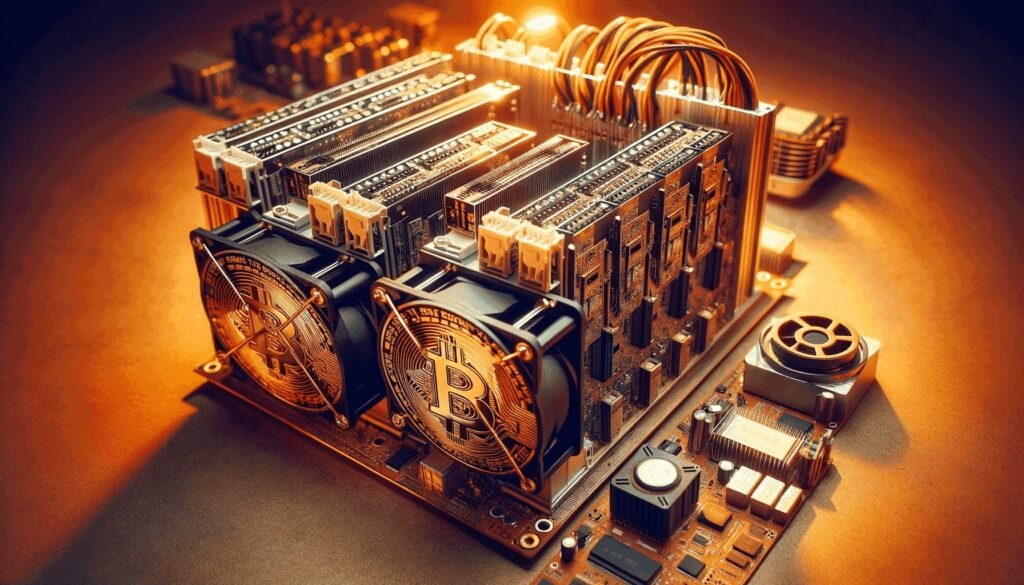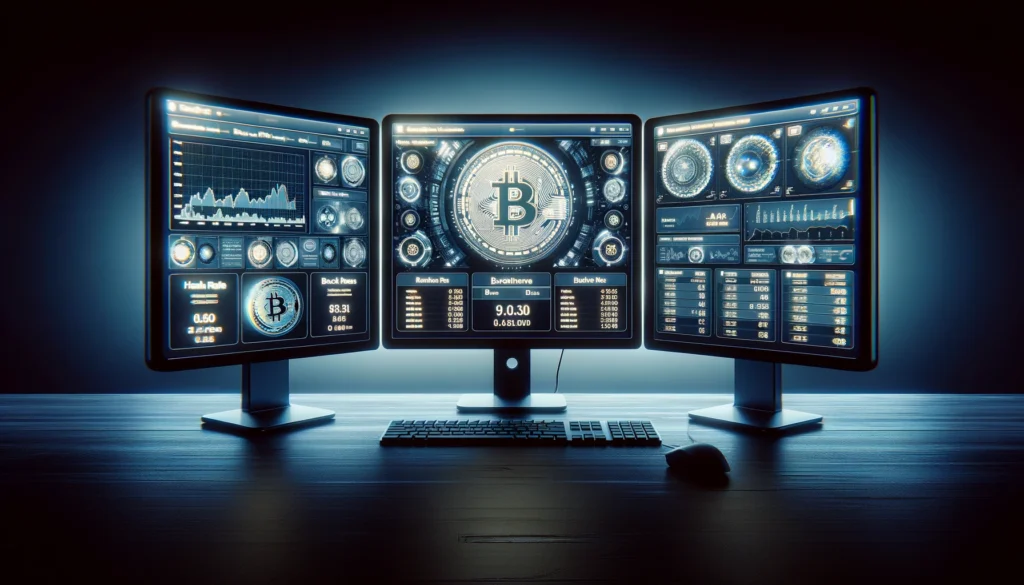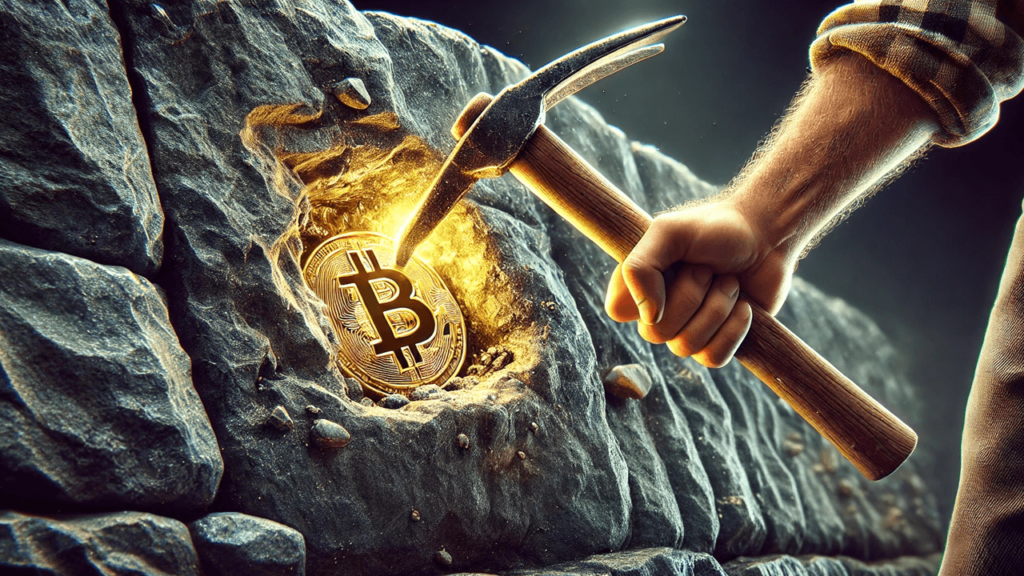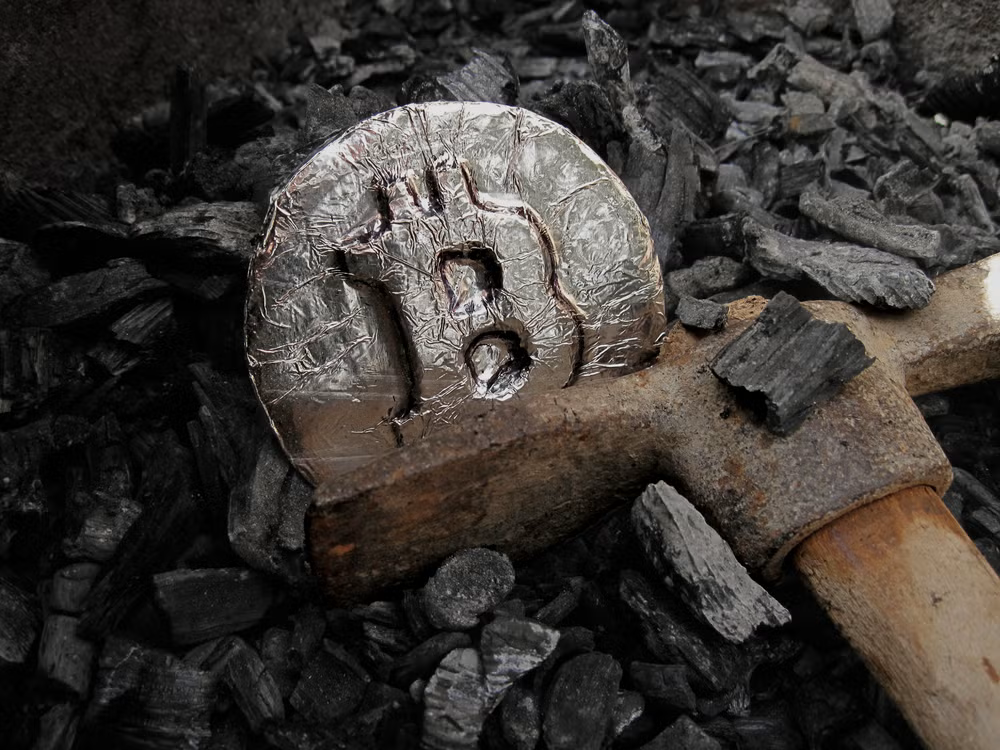When it comes to mining hardware, many think about hash rate, power consumption, or which miner model to buy—but one of the most critical—and often overlooked—factors for longevity is cooling design. How your ASICs are cooled impacts not just their performance today, but how long they can operate profitably in the future. Let’s dive into why cooling matters so much, what good cooling design involves, and how hosting providers (like Bitmern) set up cooling to extend miner life.
1. Heat Is the Enemy of Mining Hardware
Every ASIC miner generates a large amount of heat during operation. High temperatures accelerate wear on chips, degrade solder joints, shorten component life, increase fan noise and power draw, and cause more frequent failures. For example:
- Studies show that reducing ASIC operating temperatures by even a few °C can extend component lifetime by months.
- If miners are operating in hot or poorly ventilated environments, they often get throttled, drop hashrate, or fail earlier than expected.
Cooling isn’t just about keeping the rig running—it’s about preserving its efficiency, reducing downtime, and extending its effective lifespan.
2. What Makes a Good Cooling Design
A strong cooling design for mining rigs involves several interlinked elements:
- Ambient temperature & location: Cooler climates or sites with natural cooling advantage reduce burden on fans/AC.
- Airflow management: Proper intake/exhaust design, “cold aisle / hot aisle” layout, separation of hot exhaust air from fresh intake.
- Advanced cooling methods: Besides standard air-cooling, options like liquid (hydro) cooling or immersion cooling are growing in large-scale mining because they dissipate heat more efficiently and reduce risk of throttling or failure.
- Dust & humidity control: Dust buildup reduces cooling effectiveness; high humidity can trigger corrosion or electrical shorts.
- Monitoring & maintenance: Cooling systems need to be monitored—fan speed, temperature sensors, thermal throttling alerts—to catch issues before they damage hardware.
When all these elements align, miners operate closer to their ideal parameters—less stress, fewer failures, higher uptime, longer life.
3. How Cooling Directly Impacts Miner Lifespan & Profitability
Here’s how cooling affects your bottom line and lifespan:
- Reduced degradation: Lower temperatures reduce thermal stress on ASIC chips and power components, which slows performance degradation over time.
- Less downtime & fewer repairs: Good cooling means fewer thermal faults, fewer emergency stops, less wear on fans and power supplies—reducing maintenance costs and lost hashing time.
- Better efficiency: When cooling is sub-par, you might run fans at high speed, consume more power for cooling, suffer higher ambient temps, and thus reduce your net hashrate per watt.
- Extended relevance: In a competitive mining environment, hardware that stays reliable and efficient longer maintains profitability longer—especially important as block rewards shrink and margins tighten.
As an example, mining hardware that runs too hot can move from “profitable” to “marginal” much faster than one operating in optimal thermal conditions.
4. How Bitmern’s Hosting Model Leverages Cooling for Longevity
Although specific cooling system details may not all be public, Bitmern’s hosting approach aligns with best-practice cooling design:
- By selecting host locations (in Ethiopia & USA) where ambient conditions and power infrastructure are favourable, they reduce cooling burden.
- Their facility design provides the right environment for high-density rigs, with airflow, power, and cooling infrastructure tuned for long-term performance and uptime.
- Clients benefit from operations where cooling isn’t an after-thought but engineered into the hosting service—this helps miners maintain high efficiency and longer useful life.
5. Tips for Miners to Evaluate Cooling When Choosing Hosting (or Setting Up Own Rig)
If you’re selecting a host or setting up your own hardware, evaluate cooling design by asking:
- What is the ambient temperature range in the facility / location?
- How is airflow structured? Do they separate hot and cold aisles?
- What cooling method is used: air, liquid, immersion?
- How often is cooling / thermal performance monitored and reported?
- How are dust, humidity, and environmental contaminants controlled?
- What is the fan/failure replacement policy? Are there proactive maintenance routines for cooling systems?
Choosing a host with strong cooling design is a key way to protect your investment.
Final Thoughts
In the “arms race” of Bitcoin mining, it’s easy to focus on hash rates and power costs—but cooling design is the foundation that tells whether your hardware will last and stay profitable. A poorly cooled rig may work at first, but will degrade faster, require more repairs, draw more power for cooling, and deliver diminished returns. With a good cooling environment, your miner has a better shot at operational longevity—and that’s where hosting providers who engineer their infrastructure (like Bitmern) bring real value.

